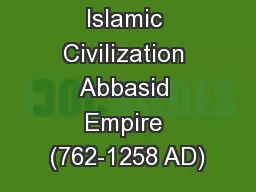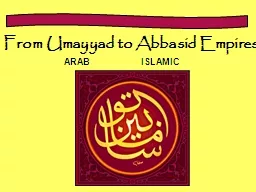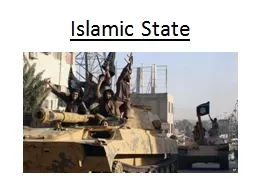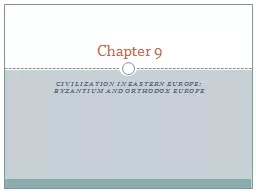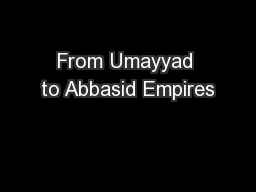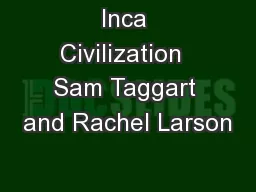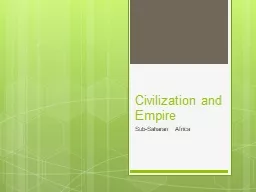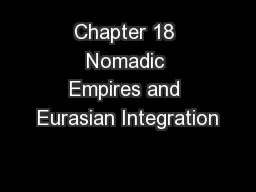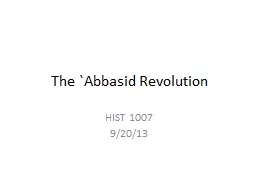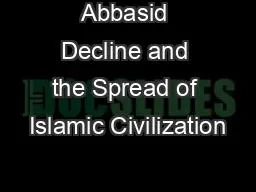PPT-Islamic Civilization Abbasid Empire (762-1258 AD)
Author : luanne-stotts | Published Date : 2018-11-03
Geography Encyclopædia Britannica Online Abbāsid Caliphate in the 9th century May 2015 lt httpwwwbritannicacomEBcheckedtopic465AbbasidDynastyimagesvideos187259abbasidcaliphateinthe9thcentury
Presentation Embed Code
Download Presentation
Download Presentation The PPT/PDF document "Islamic Civilization Abbasid Empire (762..." is the property of its rightful owner. Permission is granted to download and print the materials on this website for personal, non-commercial use only, and to display it on your personal computer provided you do not modify the materials and that you retain all copyright notices contained in the materials. By downloading content from our website, you accept the terms of this agreement.
Islamic Civilization Abbasid Empire (762-1258 AD): Transcript
Download Rules Of Document
"Islamic Civilization Abbasid Empire (762-1258 AD)"The content belongs to its owner. You may download and print it for personal use, without modification, and keep all copyright notices. By downloading, you agree to these terms.
Related Documents

